This is T-Minus, where we break down the biggest developments in space, from new rocket launches to discoveries that advance our understanding of the universe and our place in it. Humanity is reaching new heights in space exploration. Make sure you’re part of the journey by subscribing here.
The moon is back.
In 1966, the Soviet Union made history by soft landing a spacecraft on the moon for the first time. Three years later, Apollo 11 would deliver NASA astronauts Neil Armstrong and Buzz Aldrin to the moon’s surface. By 1976, spacecraft from the US and USSR had reached the lunar surface a combined 18 times, with six NASA missions putting people on the moon.
By then, though, the high cost of moon missions, combined with falling public support, caused space agencies to turn their attention elsewhere in the solar system — it’d be another 35 years before anyone (China) would touch down on the lunar surface.
Interest in the moon is seriously ramping again, though, as NASA looks to use it as a testbed for a crewed mission to Mars, and many others are taking advantage of falling launch costs to conduct their own moon missions.
For this week’s T-Minus, we’re counting down 10 upcoming moon missions, all leading up to the one expected to return people to the lunar surface for the first time in 50 years.

Blue Ghost Mission 1
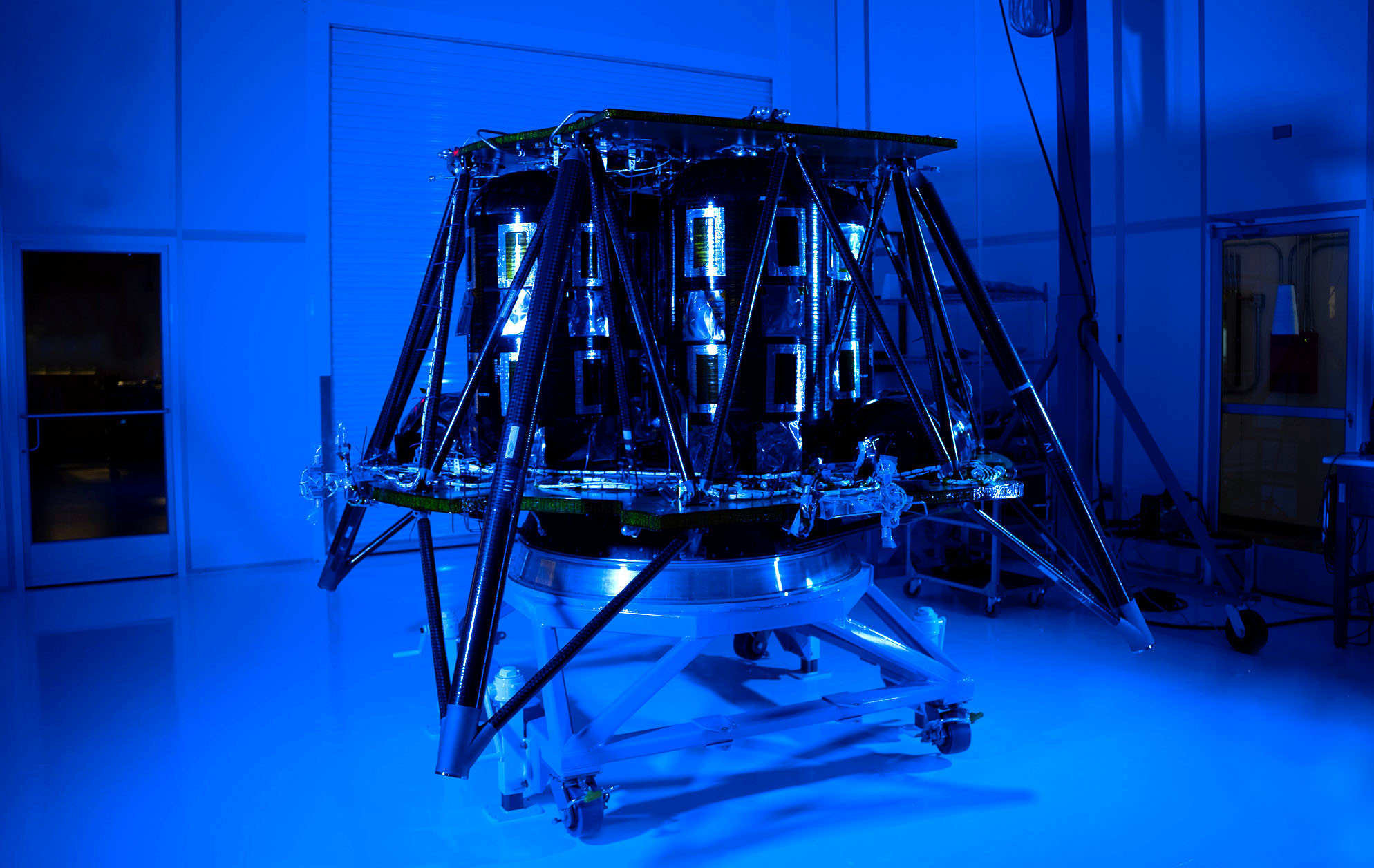
- Mission lead: Firefly Aerospace
- Launch date: November 2024
- Launch vehicle: SpaceX Falcon 9
- Landing site: Mare Crisium, the northern lunar hemisphere
The mission: In 2021, Texas-based Firefly Aerospace secured funding for Blue Ghost Mission 1 through NASA’s Commercial Lunar Payload Services (CLPS) initiative, which offers American companies fixed-priced contracts to deliver payloads to the moon.
Blue Ghost Mission 1 will consist of a lunar lander with 10 NASA payloads on board, including one that will test the impact of space radiation on computers and another that will explore ways to prevent moon dust from interfering with spacecraft.
What they’re saying: “The payloads we’re sending as part of this delivery service span across multiple areas, from investigating the lunar soil and testing a sample capture technology, to giving us information about the moon’s thermal properties and magnetic field.” – Chris Culbert, Manager of the CLPS Initiative at NASA

IM-2 Athena
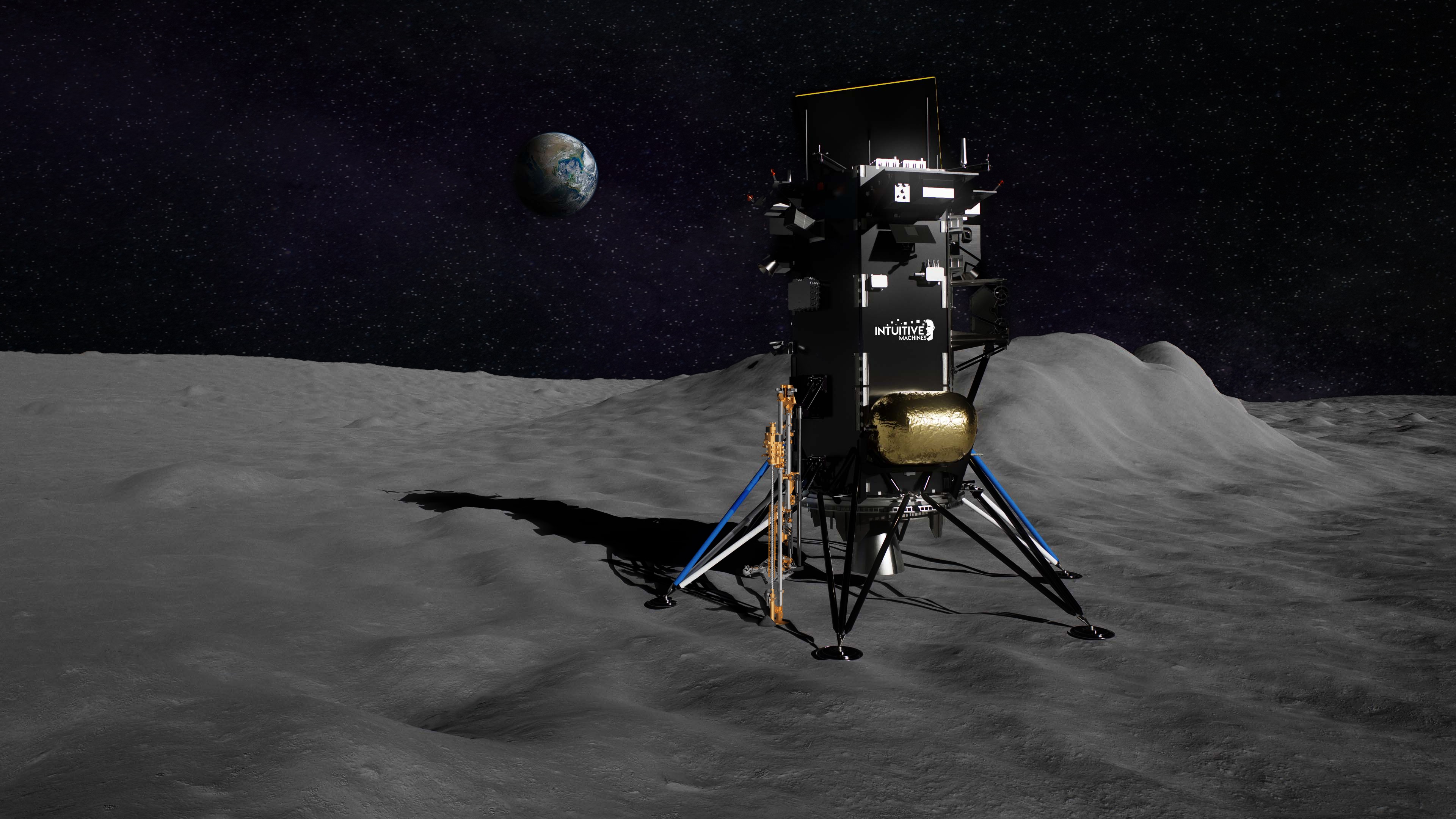
- Mission lead: Intuitive Machines
- Launch date: Q4 2024
- Launch vehicle: SpaceX Falcon 9
- Landing site: Shackleton connecting ridge near the south pole
The mission: In February 2024, Intuitive Machines launched its first CLPS-funded mission, IM-1 Odysseus, and it was a huge success, making the Houston-based startup the first private group to soft land a spacecraft on the moon.
For its second CLPS mission, Intuitive will send one of its Nova-C lunar landers to the moon’s south pole region. Its primary mission will be to hunt for water and test how to obtain resources for future missions from the moon itself, using NASA’s Polar Resources Ice Mining Experiment-1 (PRIME-1).
What they’re saying: “Laying the foundation to return humans to the moon is an incredible honor and even greater challenge. At Intuitive Machines, we’re hungry for the pursuit of these audacious missions that will redefine what a small business is capable of.” – Steve Altemus, President and CEO of Intuitive Machines

Hakuto-R Mission 2
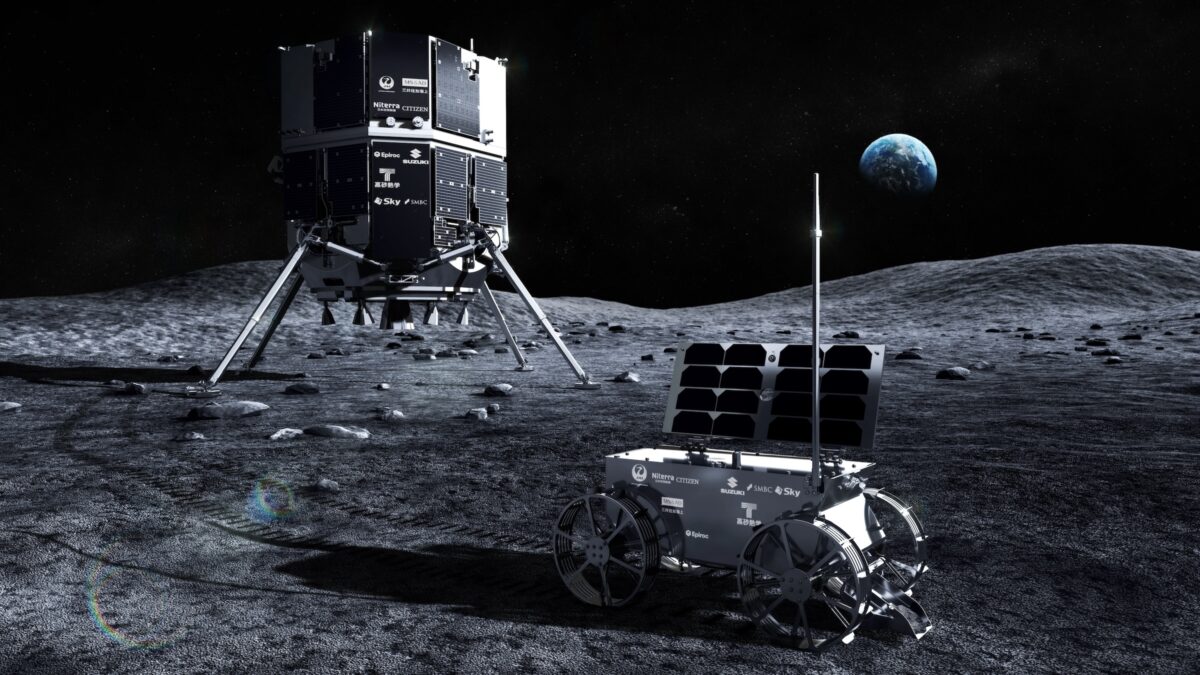
- Mission lead: ispace
- Launch date: Q4 2024
- Launch vehicle: SpaceX Falcon 9
- Landing site: TBD
The mission: ispace came tantalizingly close to soft landing on the moon in April 2023 with HAKUTO-R Mission 1, but an issue with the lander’s altitude software caused it to crash into the lunar surface.
The startup plans to try again in late 2024 with HAKUTO-R Mission 2, which will include Resilience — a lander similar to the one used during Mission 1 — plus a 10-inch-tall micro rover equipped with an instrument that will collect and photograph samples of lunar regolith for NASA.
What they’re saying: “We are confident in the successful landing of the Resilience lander on Mission 2 and believe we can safely execute soft landing and begin subsequent operations on the moon.” – Yoshitsugu Hitachi, Deputy EVP of Engineering at ispace

Griffin Mission 1

- Mission lead: Astrobotic Technology
- Launch date: Fall 2025
- Launch vehicle: SpaceX Falcon Heavy
- Landing site: Mons Mouton near the south pole
The mission: Astrobotic has already launched one CLPS mission, and it didn’t go great — the propulsion system on the Pittsburgh-based startup’s Peregrine lunar lander failed on the way to the moon, preventing it from reaching its destination.
Astrobotic’s second CLPS mission was supposed to carry NASA’s Volatiles Investigating Polar Exploration Rover (VIPER), but NASA canceled the rover on July 17 due to delays and rising costs. The moon mission is still a go, though, and will attempt to deliver other payloads for the European Space Agency and the Canadian Space Agency.
What they’re saying: “This has been certainly a year of tumult and challenge for Astrobotic as a company … [The VIPER cancellation is] certainly another punch to the gut here, but we’ll roll with it.” – John Thornton, CEO of Astrobotic Technology

IM-3 PRISM
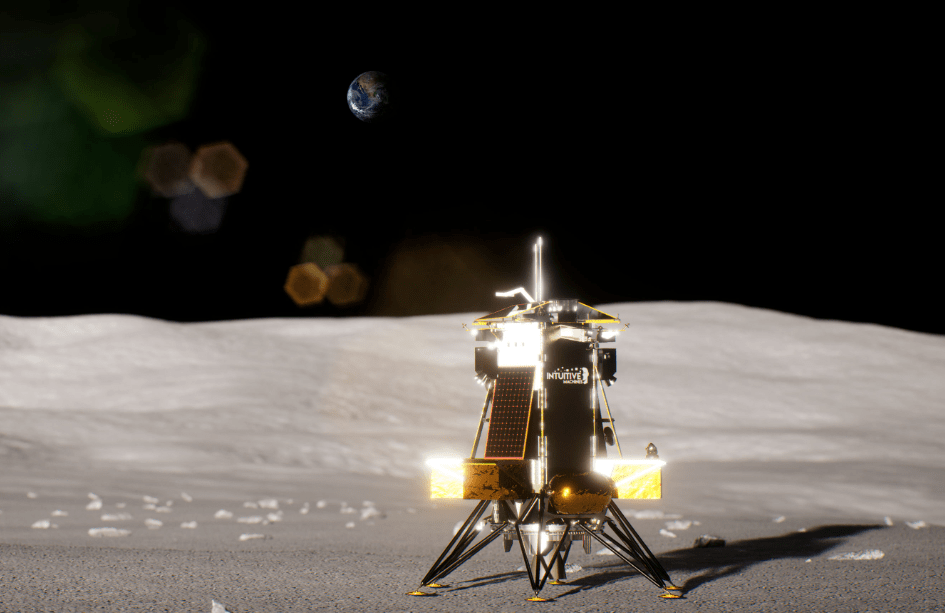
- Mission lead: Intuitive Machines
- Launch date: 2025
- Launch vehicle: SpaceX Falcon 9
- Landing site: Reiner Gamma
The mission: Intuitive Machines’ third CLPS mission will use a Nova-C lander to deliver four payloads to the lunar surface for NASA. One of those, Lunar Vertex (LVx), will use a rover and instruments on the lander to study bright, mysterious geological formations called “lunar swirls.”
IM-3 will also test the ability of three small, autonomous rovers to work together to complete experiments on the lunar surface, as part of NASA’s Cooperative Autonomous Distributed Robotic Exploration (CADRE) project.
What they’re saying: “As a company, our vision is to deliver space systems to the surface with our family of landers to do command and control and navigation in and around the moon so that it enables surface operations. I believe Intuitive Machines is the only company that’s got all three pieces.” – Steve Altemus, President and CEO of Intuitive Machines

The Lunar Polar Exploration Mission (LUPEX)
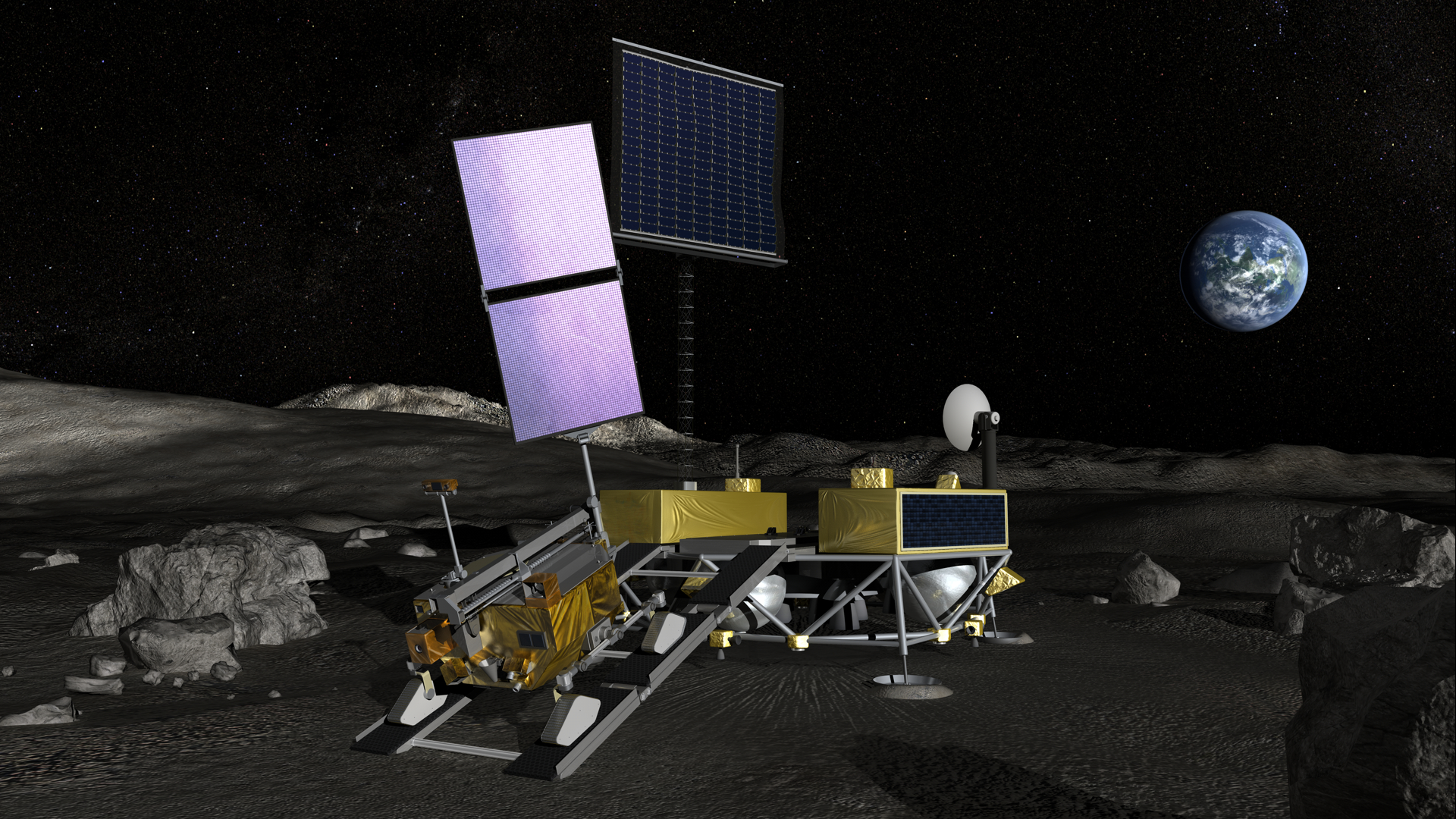
- Mission lead: ISRO / JAXA
- Launch date: 2025
- Launch vehicle: JAXA H3
- Landing site: South polar region
The mission: In August 2023, India became just the fourth nation in history to soft land on the moon. The following January, Japan became the fifth when its SLIM spacecraft touched down on the lunar surface (albeit upside down).
Now, the two nations are teaming up for the LUPEX mission, which will feature an ISRO-made lander carrying a JAXA-made rover. Once on the moon’s surface, the rover will drill and collect soil samples that it will then analyze for signs of water.
What they’re saying: “The LUPEX project will investigate the quantity and quality of water on the moon. We hope to use this data as a basis for considering sustainable human activities on the moon in the future.” – Natsu Fujioka, JAXA researcher on LUPEX Project Team

The Draper Lunar Lander
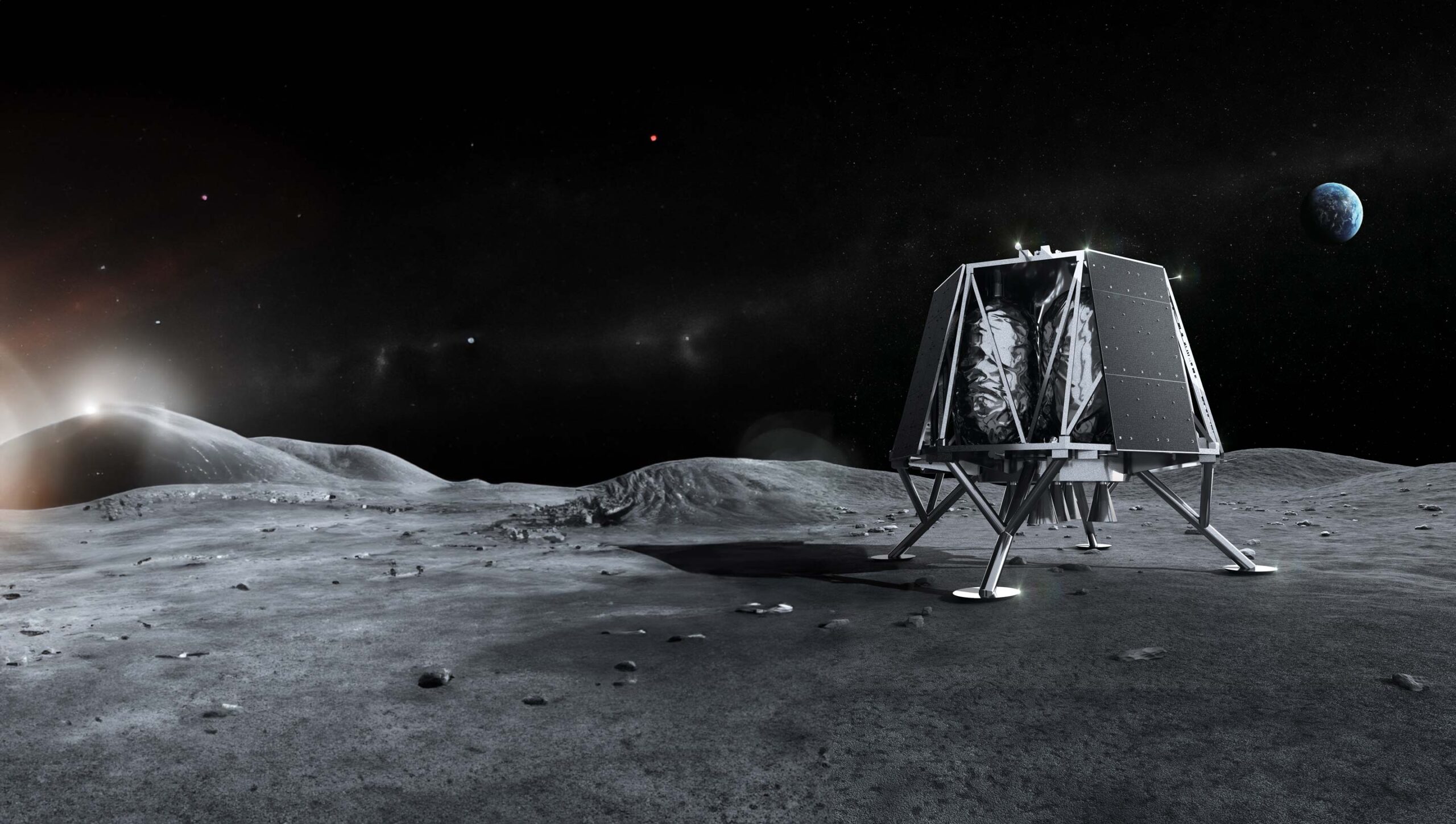
- Mission lead: Draper Laboratory
- Launch date: 2026
- Launch vehicle: TBD
- Landing site: Schrödinger Basin, far side of the moon near the south pole
The mission: The venerable Draper Laboratory has a long history of working with NASA, having played a pivotal role in the Apollo missions, and in 2022, the nonprofit landed a CLPS contract to soft land a craft on the far side of the moon — something NASA has never done before.
The lander’s primary payloads are an instrument to measure the moon’s magnetic field, a drill that will be used to record the flow of heat and electricity below the lunar surface, and a seismometer that will attempt to measure seismic activity on the lunar far side for the first time.
What they’re saying: “Understanding geophysical activity on the far side of the moon will give us a deeper understanding of our solar system and provide information to help us prepare for Artemis astronaut missions to the lunar surface.” – Joel Kearns, Deputy Associate Administrator for Exploration at NASA

Blue Ghost Mission 2

- Mission lead: Firefly Aerospace
- Launch date: 2026
- Launch vehicle: TBD
- Landing site: Far side of the moon
The mission: Firefly’s first Blue Ghost mission hasn’t even gotten off the ground yet, but NASA has already funded a second one. This mission will not only aim to put a new lander on the moon, but also place a satellite, called the Lunar Pathfinder, into orbit around the moon.
Once settled on the far side of the moon, the Blue Ghost lander will deploy the Lunar Surface Electromagnetic Experiment-Night (LuSEE-Night), a small radio telescope that will attempt to detect radio signals from the Cosmic Dark Ages.
What they’re saying: “If you’re on the far side of the moon, you have a pristine, radio-quiet environment from which you can try to detect this signal from the Dark Ages. LuSEE-Night is a mission showing whether we can make these kinds of observations from a location that we’ve never been in and also for a frequency range that we’ve never been able to observe.” – Kaja Rotermund, LuSEE-Night researcher at Berkeley Lab

Chang’e 7
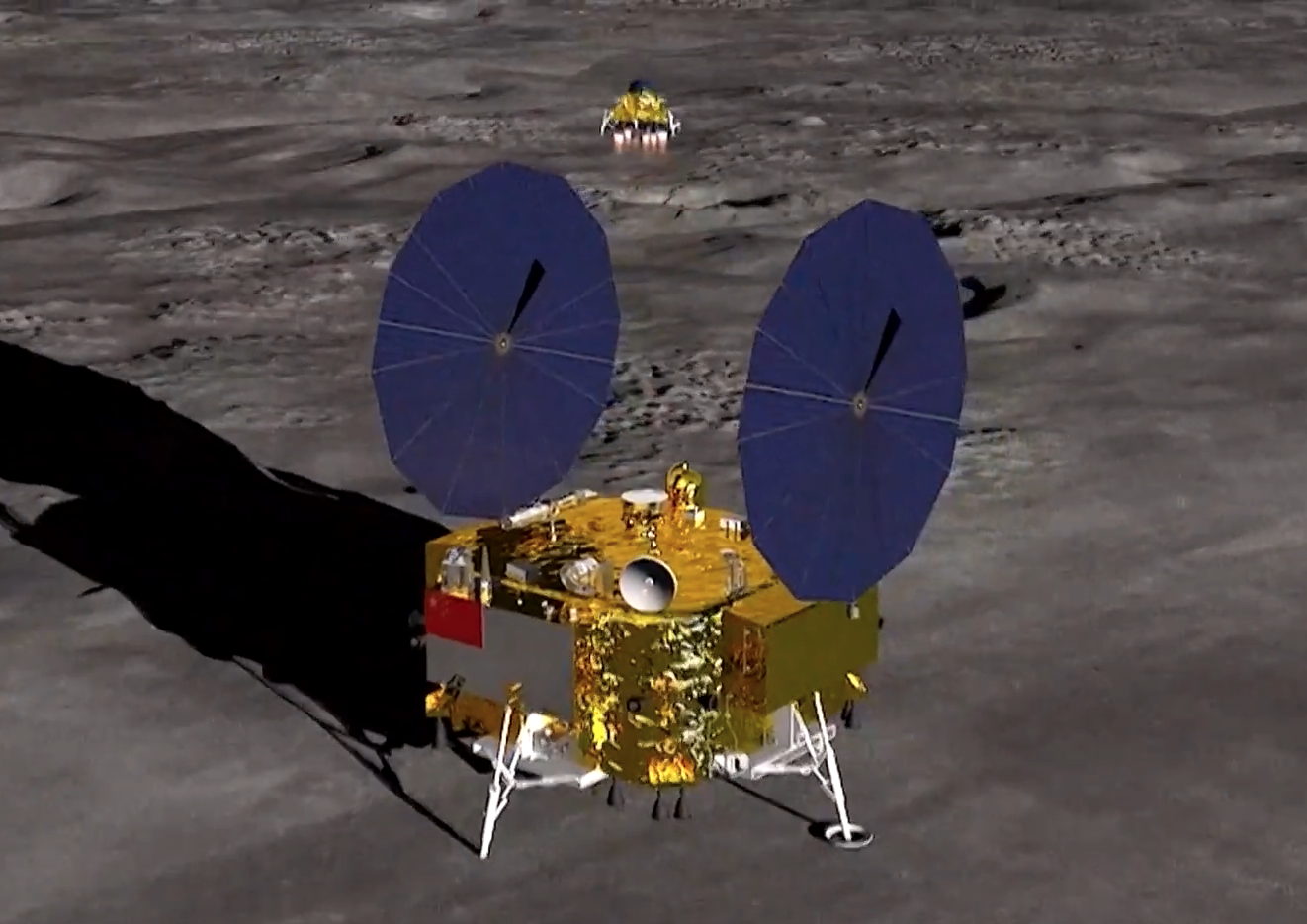
- Mission lead: China National Space Administration (CNSA)
- Launch date: 2026
- Launch vehicle: Long March 5
- Landing site: South polar region
The mission: The Chinese Lunar Exploration Program has been a major success for CNSA — its Chang’e 3 was the first spacecraft from China to soft land on the moon, and Chang’e 4 was the first spacecraft from any nation to soft land on the moon’s far side.
CNSA plans to keep the program rolling with Chang’e-7, a mission to deploy a lunar orbiter, lander, rover, and mini flying probe in 2026. China is hopeful that data collected by these spacecraft will help it plan future crewed missions to the moon.
What they’re saying: “The moon’s south pole is likely to have a favorable solar illumination condition that means sustained power supply and stable temperatures, and those will allow for long-term robotic exploration and manned activities.” – Wu Weiren, Chief Designer of the Chinese Lunar Exploration Program at CNSA

Artemis 3
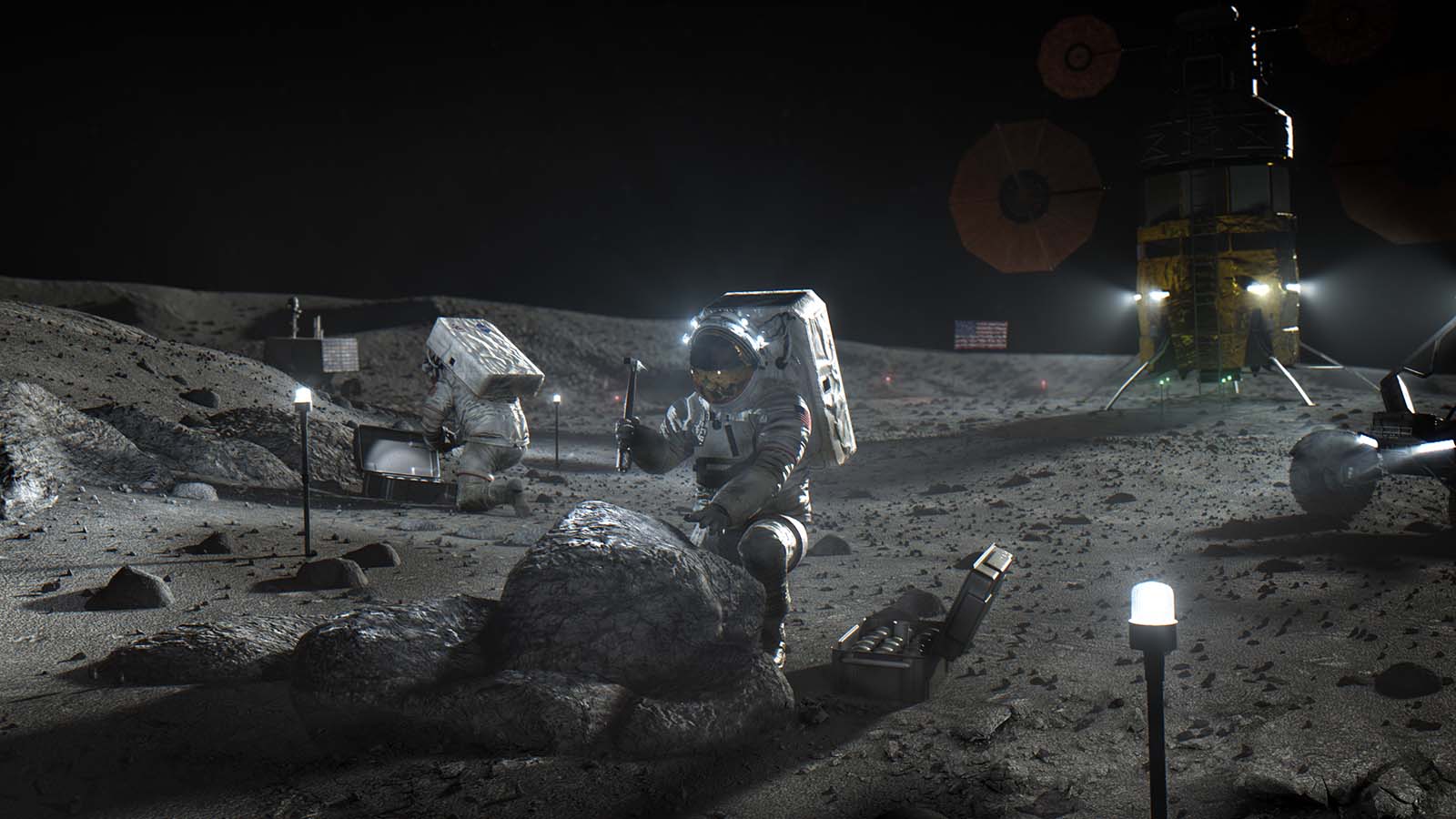
- Mission lead: NASA
- Launch date: September 2026 (currently)
- Launch vehicle: Space Launch System (SLS)
- Landing site: South polar region
The mission: The biggest upcoming moon mission is undoubtedly Artemis 3, as NASA attempts to return astronauts to the moon — something that hasn’t been done since 1972.
A lot still needs to happen before lift off, though, including the first crewed test flight of NASA’s massive Space Launch System (SLS) rocket and completion of SpaceX’s Starship Human Landing System (HLS), which will carry astronauts down to the lunar surface.
But many expect the mission will be pushed back to 2027 or 2028, as delays mount. Even if it takes longer than anticipated, Artemis 3 will be worth the wait, as it’ll put us one step closer to the next era in space exploration: crewed missions to Mars.
What they’re saying: “As we prepare to send our friends and colleagues on this mission, we’re committed to launching as safely as possible. We will launch when we’re ready.” – Jim Free, Associate Administrator at NASA
We’d love to hear from you! If you have a comment about this article or if you have a tip for a future Freethink story, please email us at [email protected].



